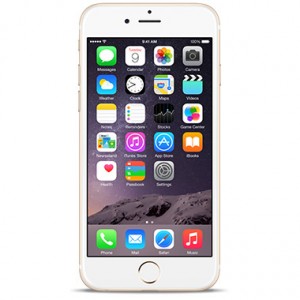According to http://www.ebizmba.com/articles/social-networking-websites, the fifteen most popular social networking sites are currently Facebook, Twitter, LinkedIn, Pinterest, Google Plus +, Tumblr, Instagram, VK, Flickr, Vine, Meetup, Tagged, Ask.fm, MeetMe, and ClassMates. Any list of this nature should include YouTube even if YouTube only peripherally relates to social media. My middle school students use Facebook, Twitter, Instagram, Flickr and Vine especially, visiting YouTube often. Snapchat, Burn Note, Whisper and Yik Yak also appeal to teens because we have successfully convinced students that they need privacy online. As a result, in the past few years, apps that use secret, self-destructing pictures/messages have been taking off. SnapChat, BurnNote, Whisper, Firechat, Secret, and others offer self-destructing messaging. Once the picture/message is read on the recipient’s Smartphone, that picture/message self-destructs, leaving no trace, unless saved as a screenshot.
I flash back to Mission Impossible.
“Good morning, Distracted Student. Your mission, Student, should you choose to accept it, is to keep your phone hidden from the teacher at all times, while attempting to take frequent bathroom breaks to ensure you will have no idea what happened in class that day. As always should any member of your Smartphone force be caught and suspended or expelled, your friends will disavow all knowledge of your actions. This message will self-destruct in five seconds. Good luck Student.”

I am posting this tidbit about social networking sites because many older adults and even younger parents remain only hazily aware of the breadth of social networking options out there, especially given the power of Smartphones. For one thing, some of us are busy working. I am active on Facebook, but I rarely visit my Twitter, Flickr, Pinterest and LinkedIn accounts. Blogging tends to suck up my screen time.
Eduhonesty: Smartphones often seem like more of a nuisance than a real problem, dogfish rather than sharks in the waters of K-12 education. Because I am a bit of a fuzzy bunny (O.K., I fractured my metaphor, I admit) of a teacher, readily approachable and often willing to take a minute to explore my students’ daily lives, I have seen various messages and videos on sites listed above, sometimes starring my students. I’m not objecting to these messages and videos.
However, I feel compelled to observe that these “phones” often … aren’t. My somewhat aged phone served as a phone for less than a quarter of my vacation, probably much less. I blogged on that phone. I dictated notes and thoughts. I created visuals. For months, I left my laptop home, having jettisoned the extra weight, reasoning that my phone served as a perfectly functional computer.
A piece of advice for parents and teachers: Try renaming those phones. Try calling them computers. Suddenly, the sharklike nature of the small, shiny, electronic boxes seems much more apparent. I have trouble not being distracted by my phone. As an adolescent, I do not believe I could have focused on academics if I had access to a Smartphone — not with the whole internet waiting for me.
